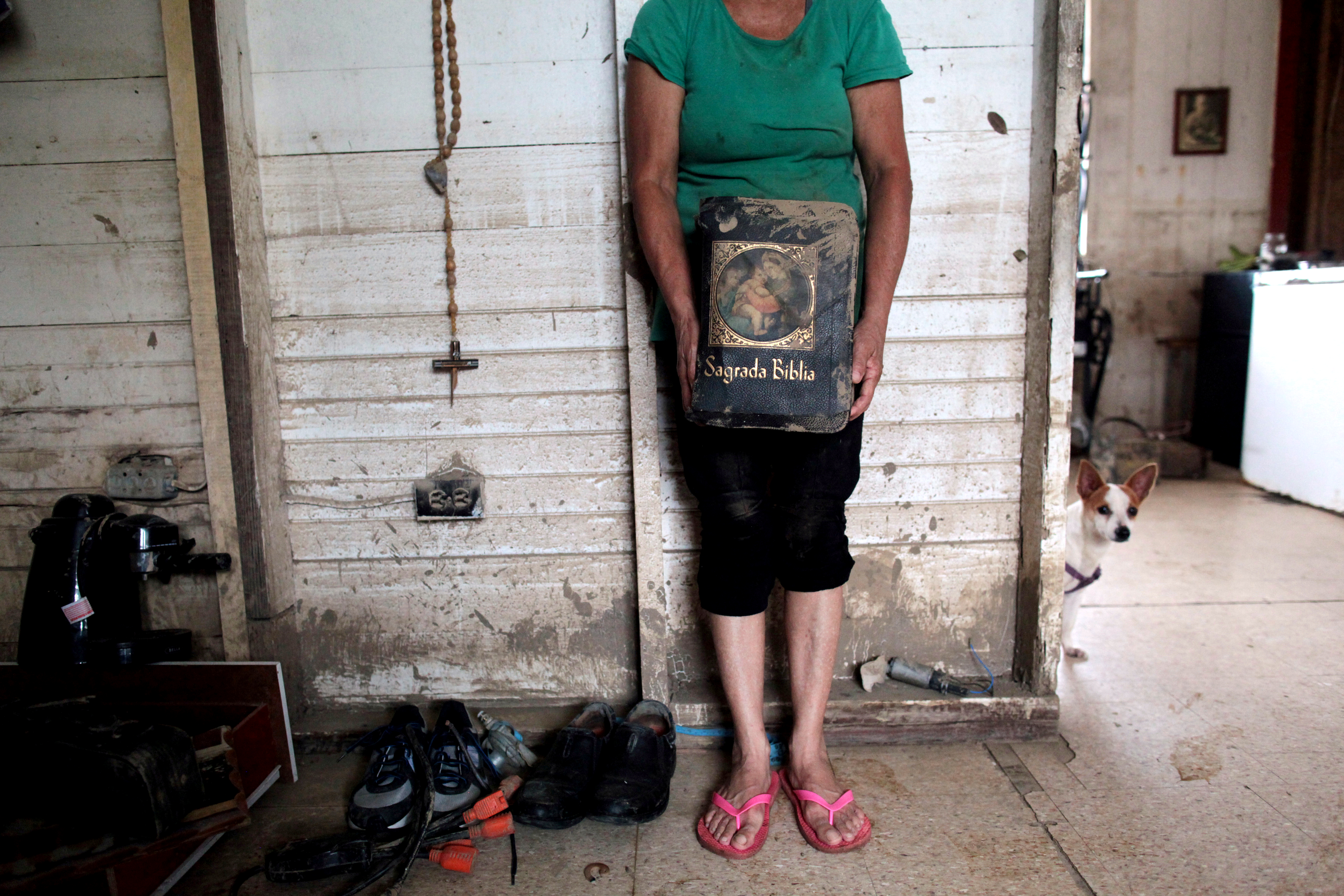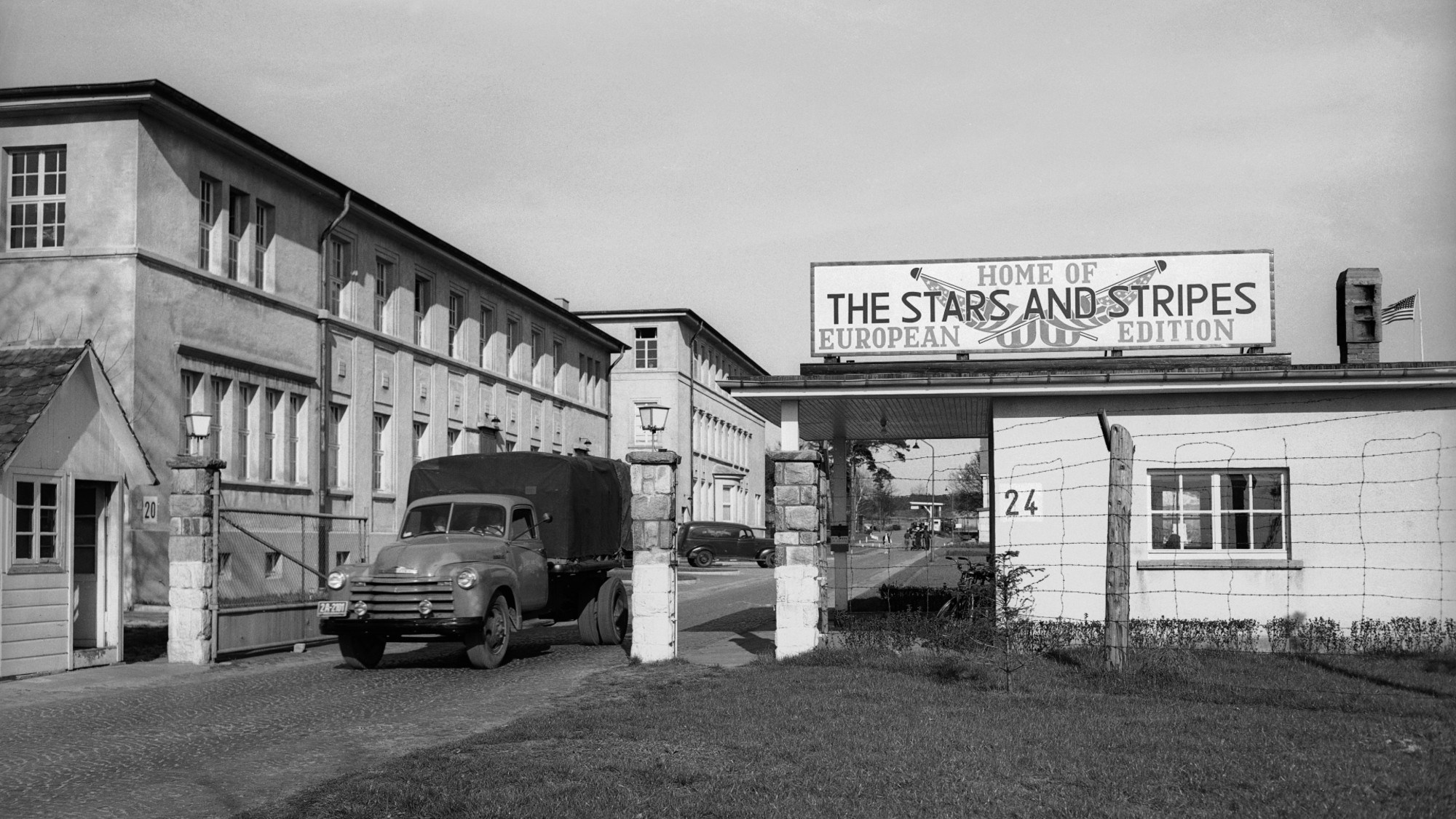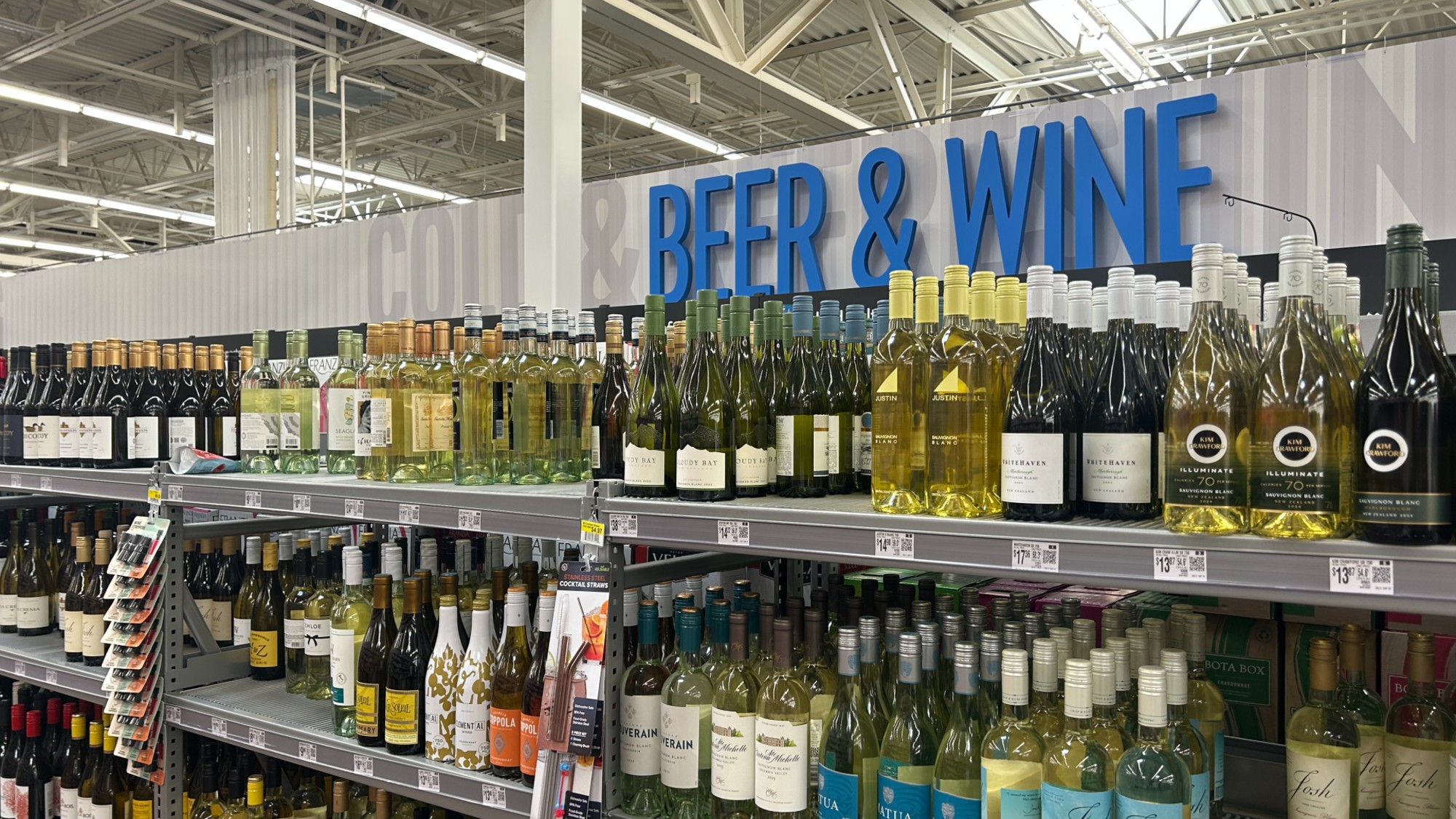America's contemptible failure in Puerto Rico
This is a national disgrace


It is now beyond question that the humanitarian crisis that took place after Hurricane Maria in Puerto Rico is among the worst in American history. A study released last week calculated that about 4,600 people died due to increased mortality rates after the storm — or more than 70 times the original estimate. This would make Hurricane Maria's the second-worst fatality count from a natural disaster in American history — worse than Hurricane Katrina, and behind only 1900's Hurricane Galveston.
Unlike in previous disasters, Maria's death toll is almost entirely manmade. Only a tiny minority of the dead were killed by the storm itself; the rest died as a result of the incompetent and underfunded rescue and reconstruction efforts. By far the bulk of the blame must land on President Trump and the Republican Party, but a lesser share must also go to Barack Obama for setting the stage for the disaster.
Let us briefly recall what has happened over the last few years in Puerto Rico. The island territory has long been economically out of step with the mainland, with much lower wages and aging, decrepit infrastructure — especially its power system, which relies on expensive imported oil. Puerto Rico has been in a serious economic crisis for over a decade now, stuck in a complicated debt crisis that bears marked similarity to what has happened to Greece. Puerto Rico unwisely took on a bunch of debt that was loaned even more unwisely (always remember: every bad loan has two parents). When the broader crisis of 2008 hit, Puerto Rico was stuck with extreme unemployment and a totally unpayable debt burden.
The Week
Escape your echo chamber. Get the facts behind the news, plus analysis from multiple perspectives.

Sign up for The Week's Free Newsletters
From our morning news briefing to a weekly Good News Newsletter, get the best of The Week delivered directly to your inbox.
From our morning news briefing to a weekly Good News Newsletter, get the best of The Week delivered directly to your inbox.
The solution for such a situation is very obvious: Declare bankruptcy, write the debt down to a payable level, and put in an economic stimulus package to restore full employment and tax revenues. (Ideally, this would be combined with an investment program to catch the island up with the rest of America.) Instead, President Obama and Speaker of the House Paul Ryan teamed up with a bunch of Wall Street goons to place Puerto Rico under a dictatorship of unelected financial technocrats. They demanded debt repayment in full, and gigantic austerity to get it. The result was a worsened economic crisis: more unemployment, heavy emigration, and even more unpayable debt. Austerity in the face of a debt crisis is like quitting your job because you can't make your mortgage payment.
Then last fall, Hurricane Maria struck, and turned a debt crisis into a major humanitarian catastrophe. Because of the years of previous economic crisis, the island's government was unable to either prepare or respond sensibly. Buildings and infrastructure across the island were obliterated. Power was out everywhere, and there were quickly shortages of water, food, and medical supplies.
The response from the Republican Congress and President Trump was apathetic and inept. Far from seizing the opportunity to right previous wrongs, they had neither prepared adequately for the storm, nor did they mount an aggressive response. On the contrary, they dawdled, remained focused on the hurricane damage on the mainland, and handed out corrupt reconstruction contracts to friends of the administration. And as Danny Vinik later discovered, federal emergency spending dedicated to Texas and Florida was far greater than that of Puerto Rico, despite the damage being far worse there.
The result was thousands of people dying. They died from being hit by trees, from lack of medicine or other medical treatment, from hospitals running out of fuel, from tainted water, or other similar causes.
A free daily email with the biggest news stories of the day – and the best features from TheWeek.com
Compare that to the worst natural disaster in American history, the 1900 hurricane which killed perhaps 8,000 people in Galveston, an island off the coast of Texas. Those deaths were almost entirely due to the storm itself, which produced a sea level surge that submerged the island, drowning thousands in a matter of hours and crushing thousands more in the wreckage. The response was immediate and vigorous, with relief supplies coming in from all over the country. One might fault a lack of preparation (in particular, more accurate Cuban forecasts were ignored for stupid reasons), but such technology was still being developed, and the federal government of those days was rather feeble.
There is no such excuse for the ongoing crisis in Puerto Rico. We know how to prepare for and rebuild from such storms, and have done so for decades. Quite simply, several thousand American citizens died because America's leaders didn't care enough to help them.
Hurricane season is beginning anew right now, and forecasters are suggesting that it might be another bad one. I fear the only thing to do is hope Puerto Rico isn't hit again.
Ryan Cooper is a national correspondent at TheWeek.com. His work has appeared in the Washington Monthly, The New Republic, and the Washington Post.
-
 Why is the Pentagon taking over the military’s independent newspaper?
Why is the Pentagon taking over the military’s independent newspaper?Today’s Big Question Stars and Stripes is published by the Defense Department but is editorially independent
-
 How Mars influences Earth’s climate
How Mars influences Earth’s climateThe explainer A pull in the right direction
-
 ‘The science is clear’
‘The science is clear’Instant Opinion Opinion, comment and editorials of the day
-
 The billionaires’ wealth tax: a catastrophe for California?
The billionaires’ wealth tax: a catastrophe for California?Talking Point Peter Thiel and Larry Page preparing to change state residency
-
 Bari Weiss’ ‘60 Minutes’ scandal is about more than one report
Bari Weiss’ ‘60 Minutes’ scandal is about more than one reportIN THE SPOTLIGHT By blocking an approved segment on a controversial prison holding US deportees in El Salvador, the editor-in-chief of CBS News has become the main story
-
 Has Zohran Mamdani shown the Democrats how to win again?
Has Zohran Mamdani shown the Democrats how to win again?Today’s Big Question New York City mayoral election touted as victory for left-wing populists but moderate centrist wins elsewhere present more complex path for Democratic Party
-
 Millions turn out for anti-Trump ‘No Kings’ rallies
Millions turn out for anti-Trump ‘No Kings’ ralliesSpeed Read An estimated 7 million people participated, 2 million more than at the first ‘No Kings’ protest in June
-
 Ghislaine Maxwell: angling for a Trump pardon
Ghislaine Maxwell: angling for a Trump pardonTalking Point Convicted sex trafficker's testimony could shed new light on president's links to Jeffrey Epstein
-
 The last words and final moments of 40 presidents
The last words and final moments of 40 presidentsThe Explainer Some are eloquent quotes worthy of the holders of the highest office in the nation, and others... aren't
-
 The JFK files: the truth at last?
The JFK files: the truth at last?In The Spotlight More than 64,000 previously classified documents relating the 1963 assassination of John F. Kennedy have been released by the Trump administration
-
 'Seriously, not literally': how should the world take Donald Trump?
'Seriously, not literally': how should the world take Donald Trump?Today's big question White House rhetoric and reality look likely to become increasingly blurred
